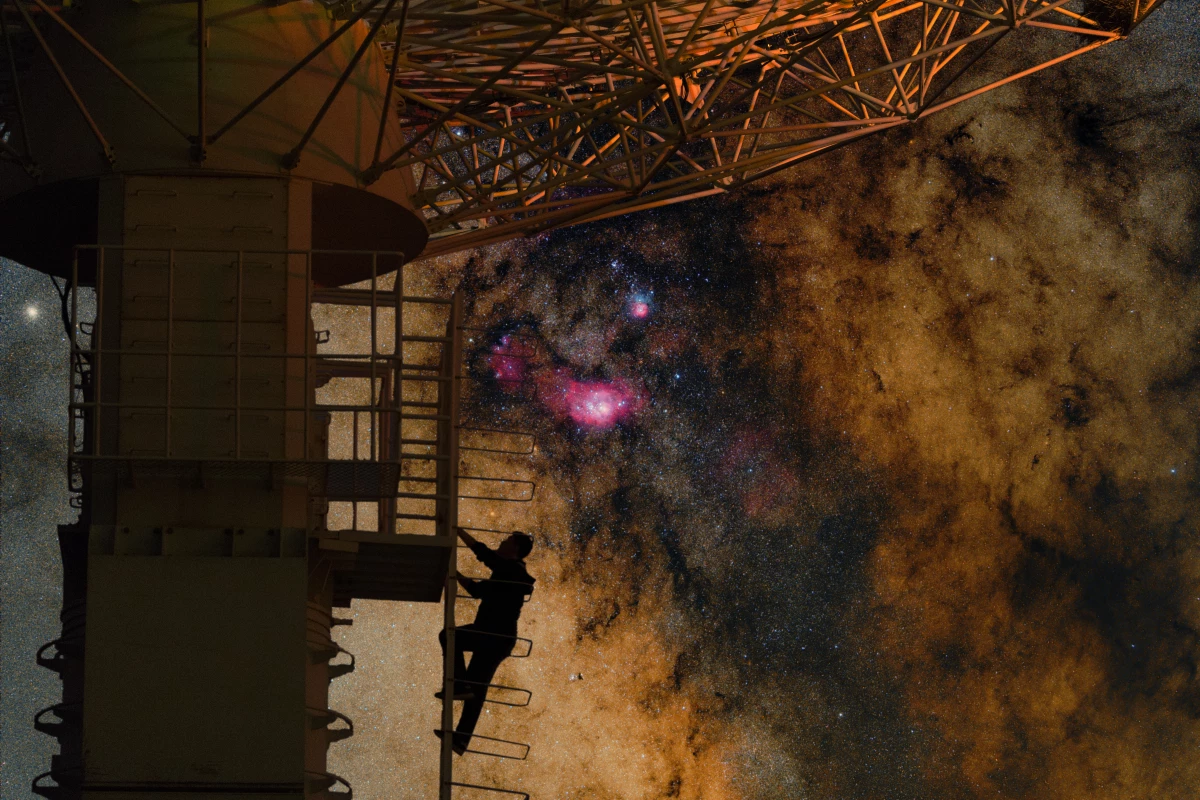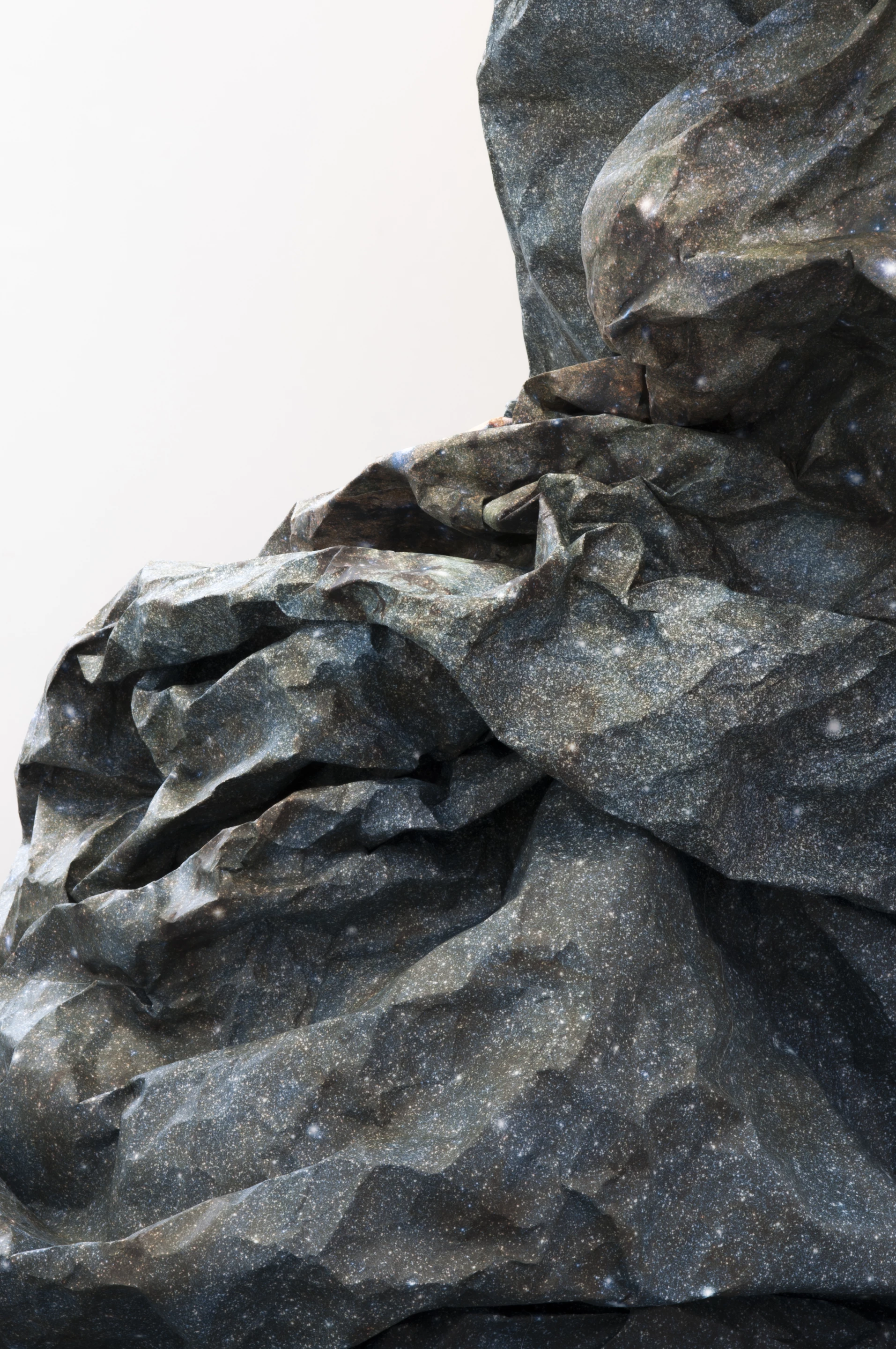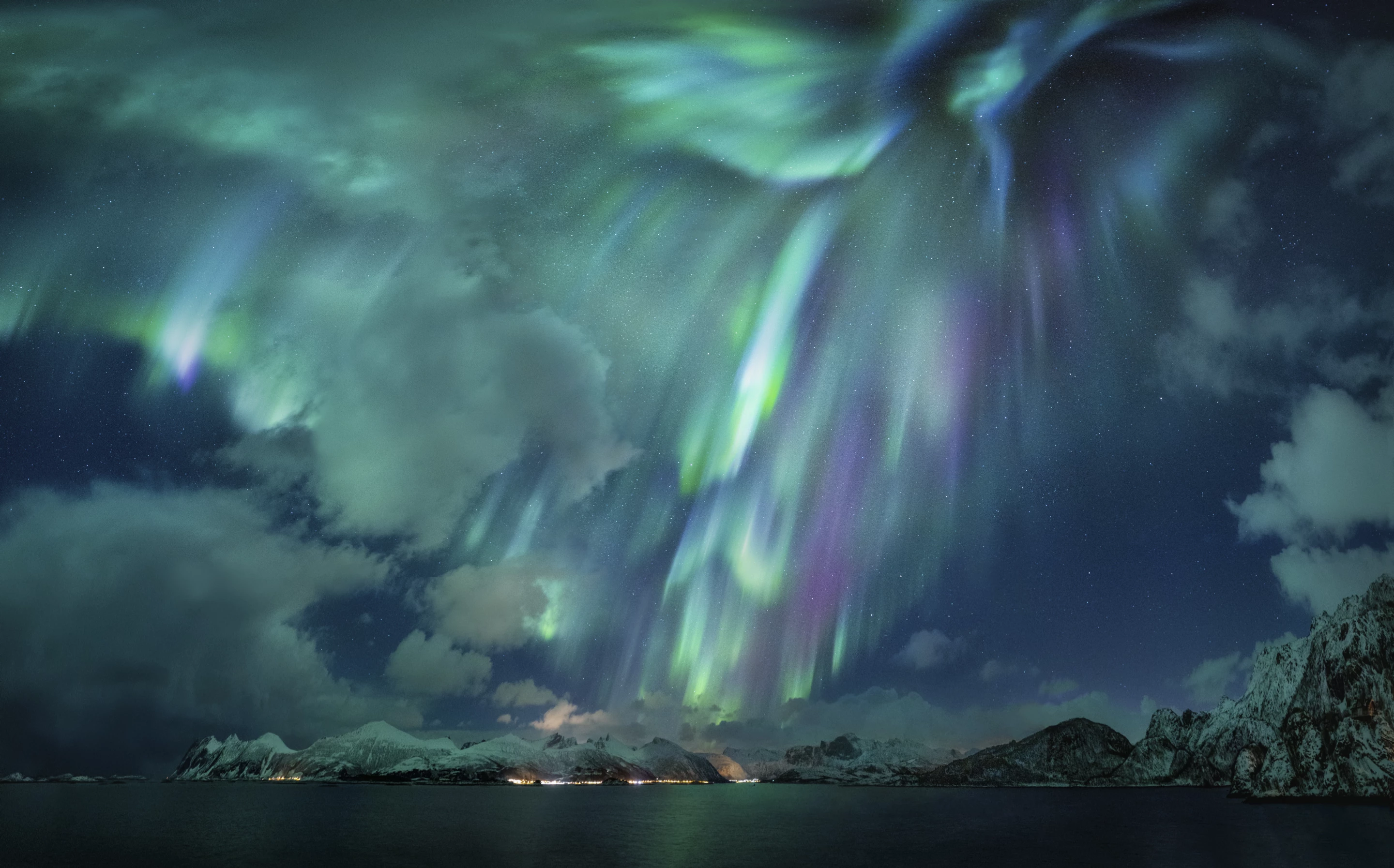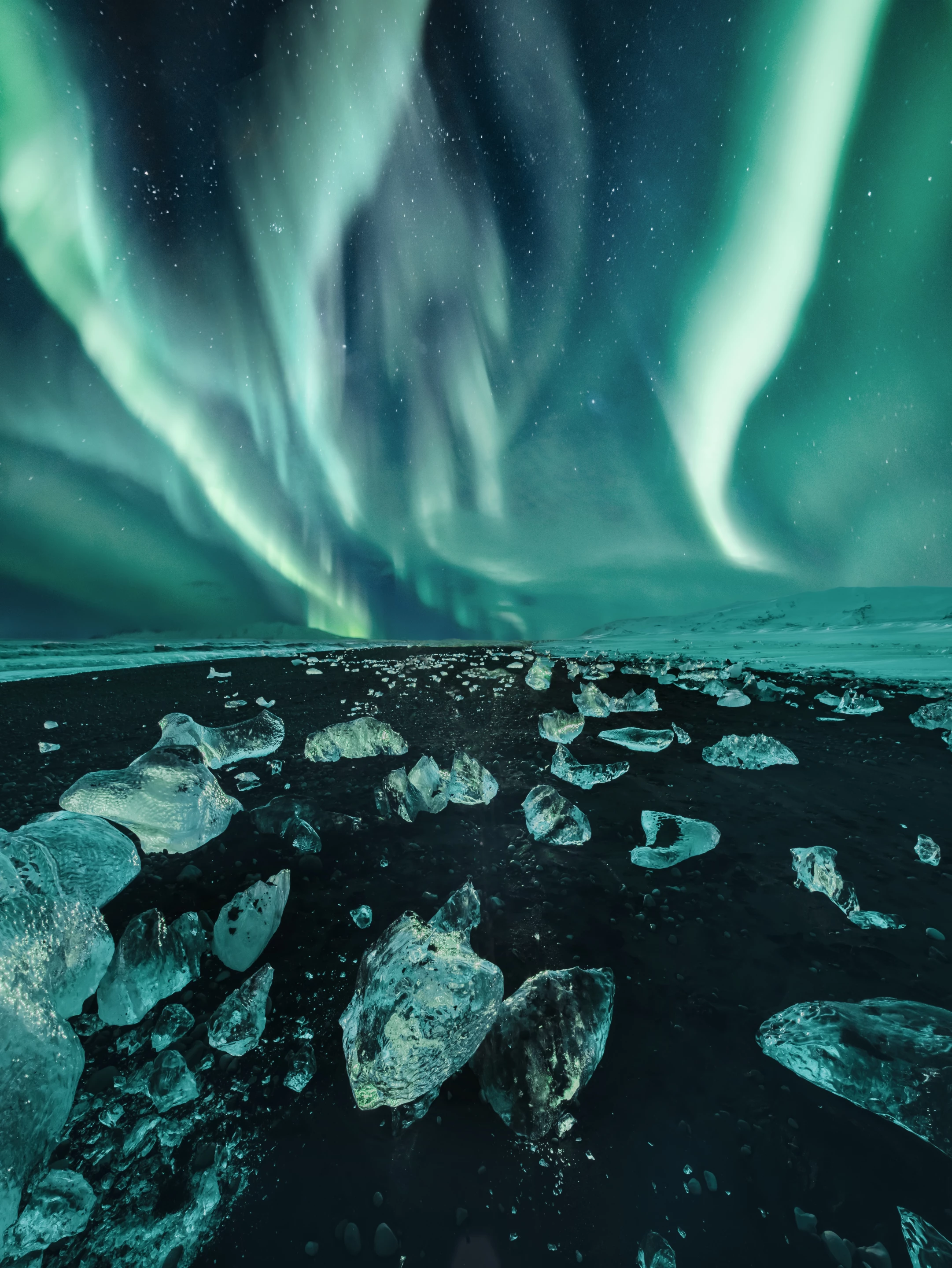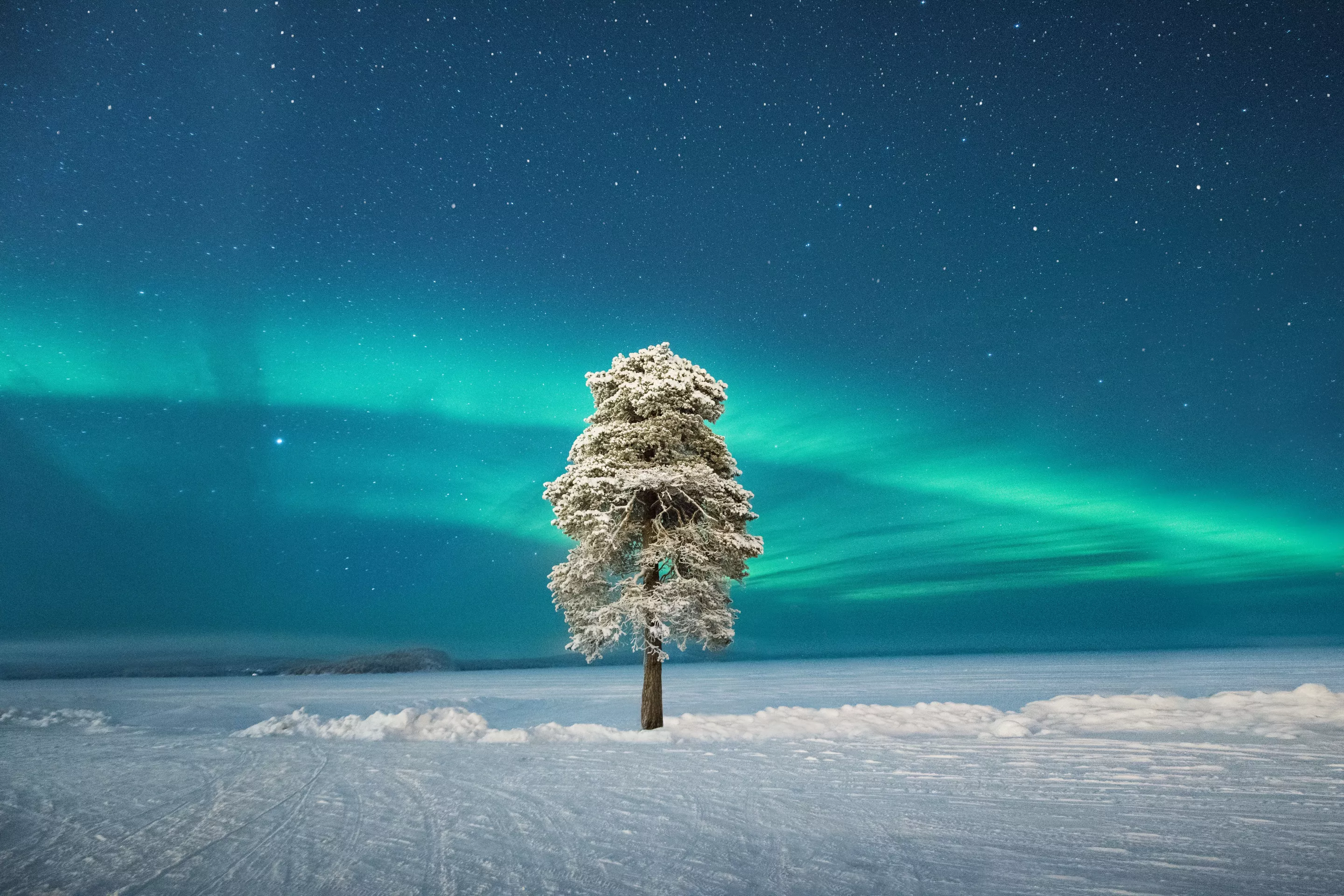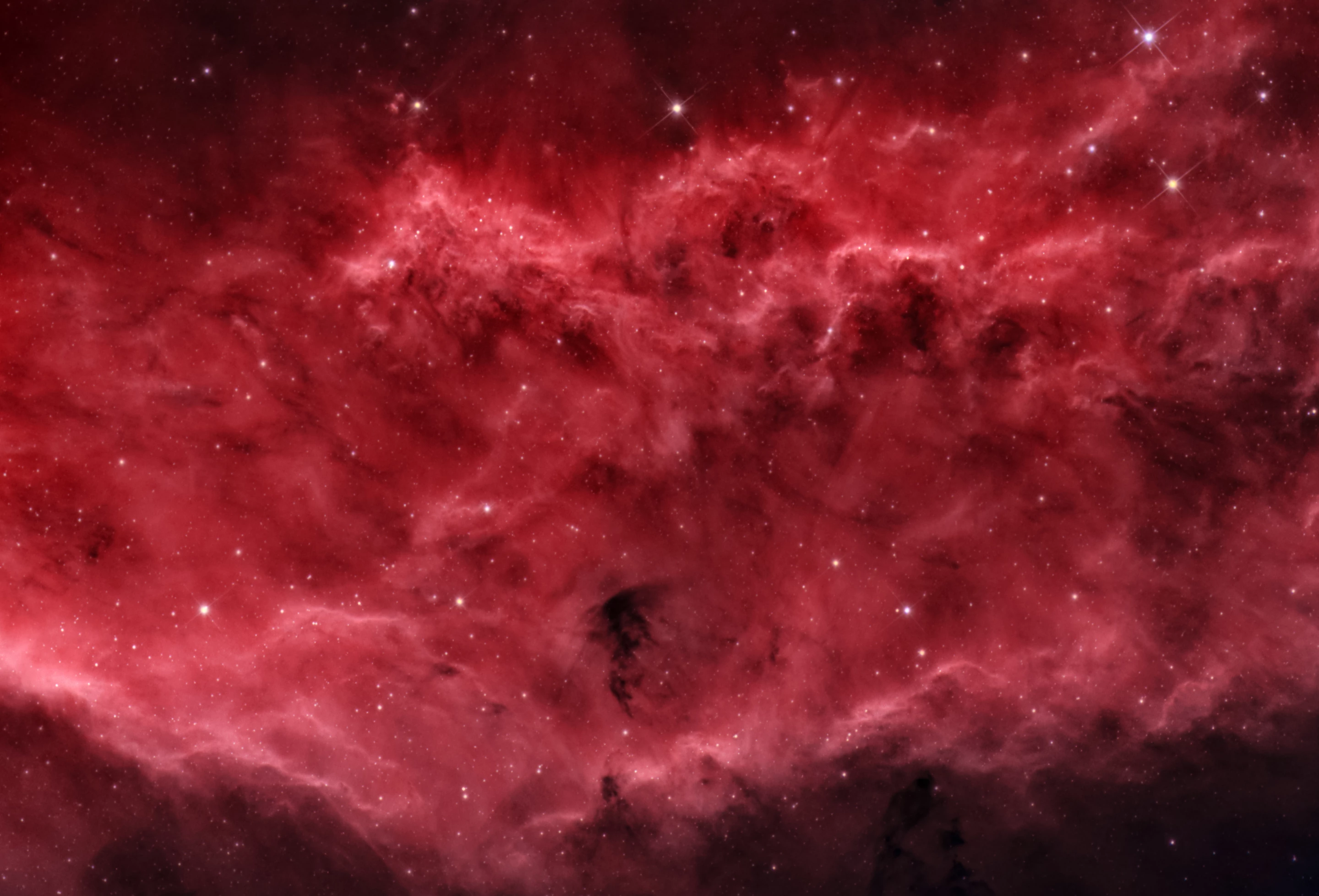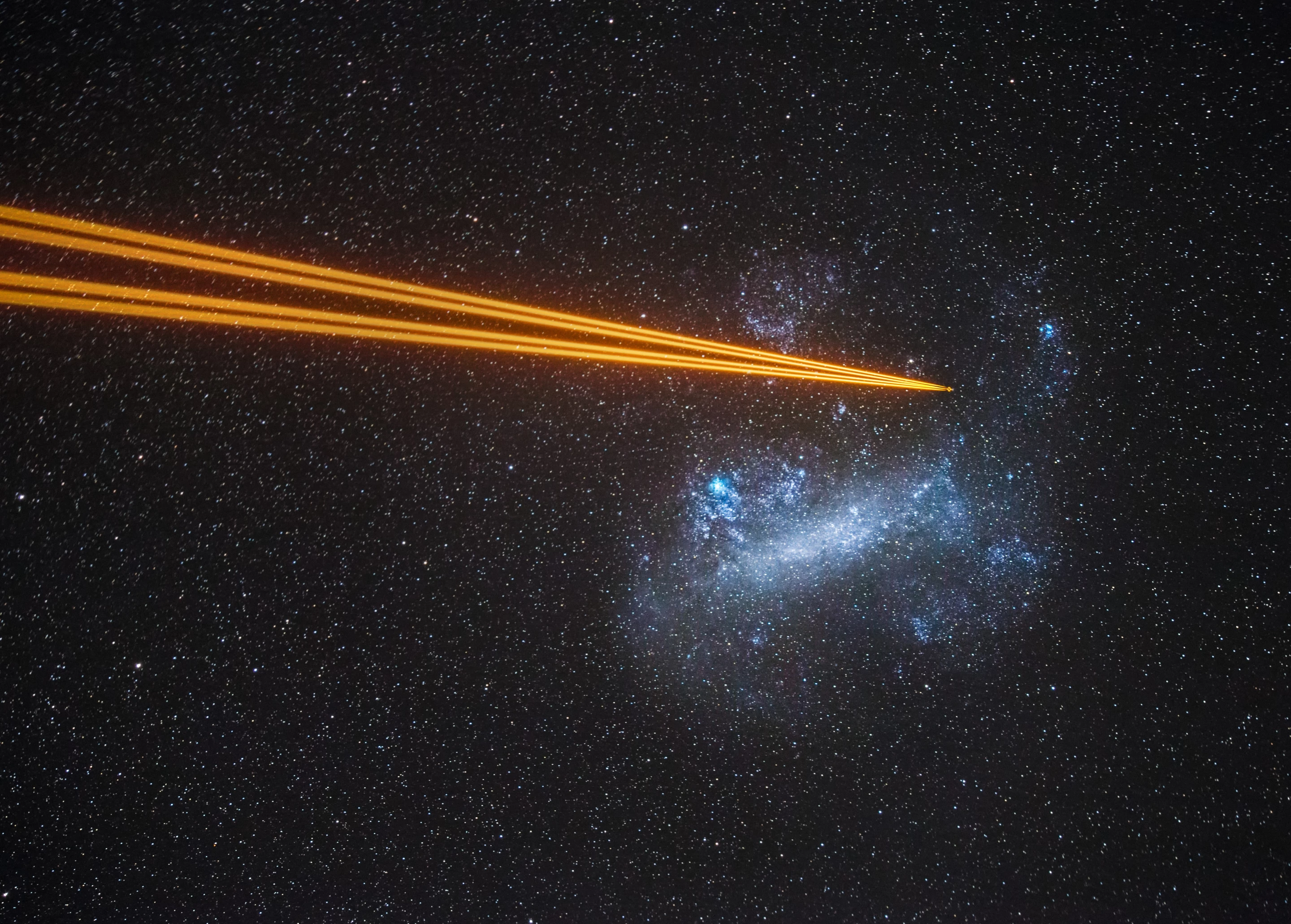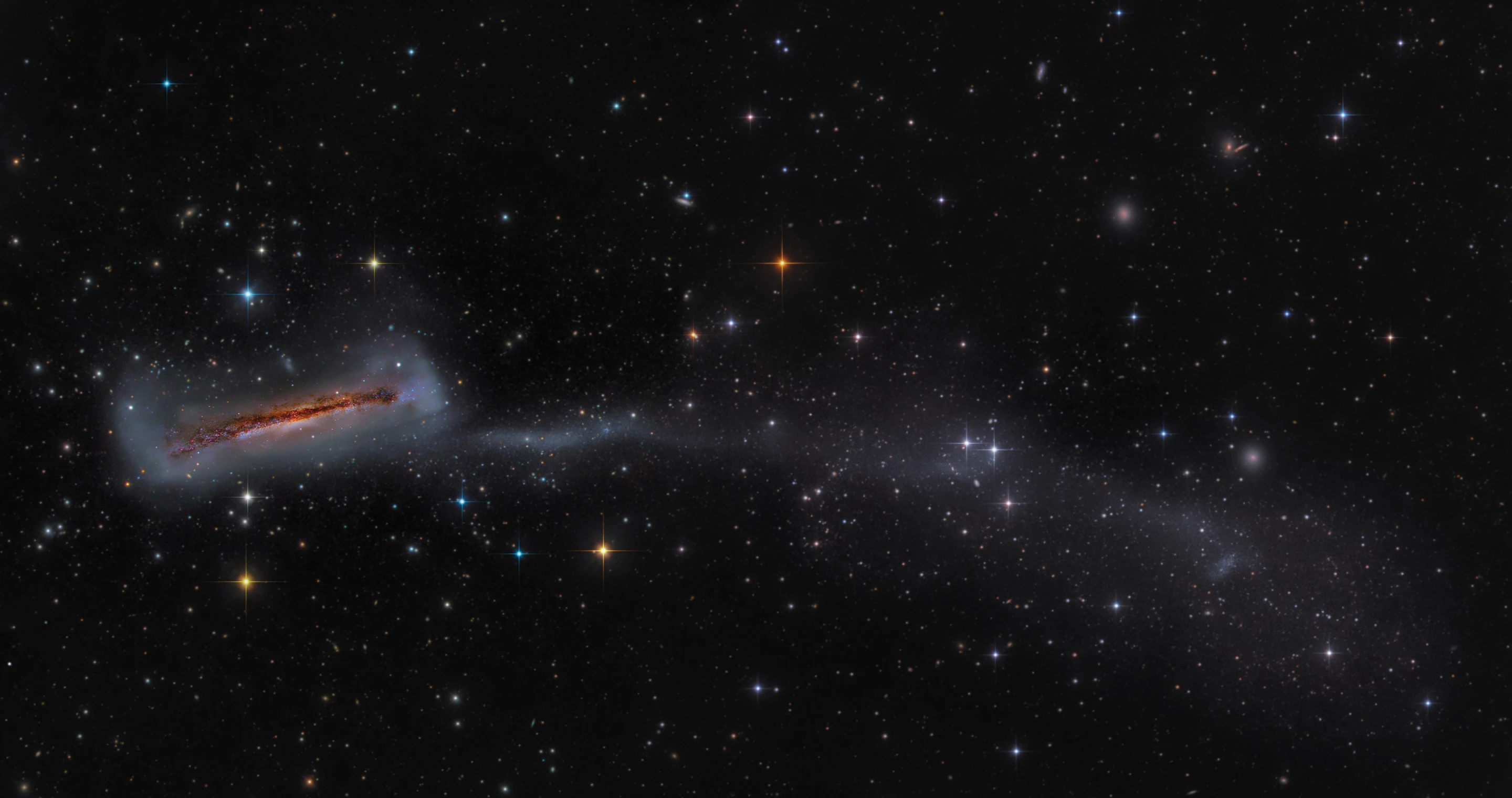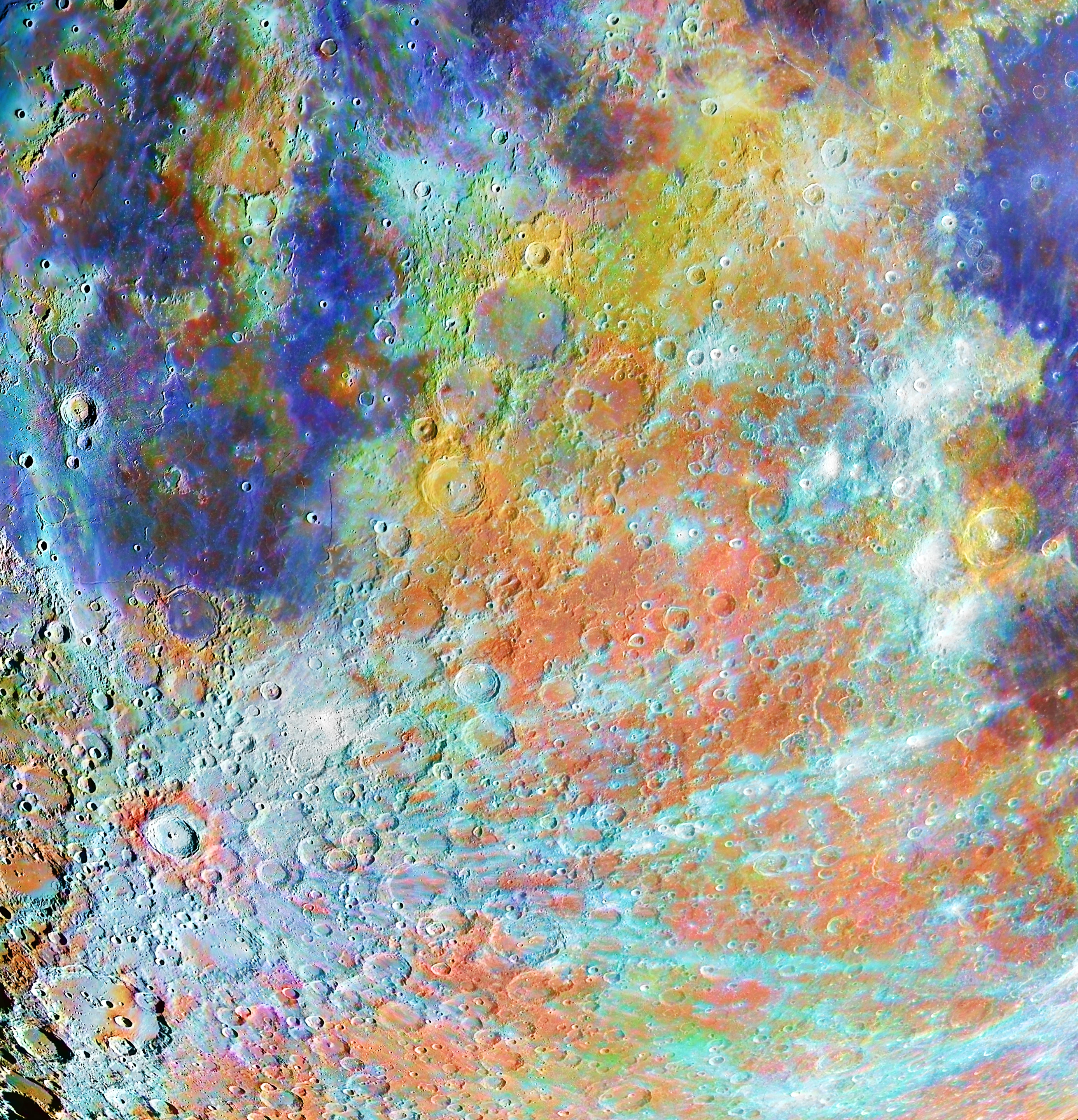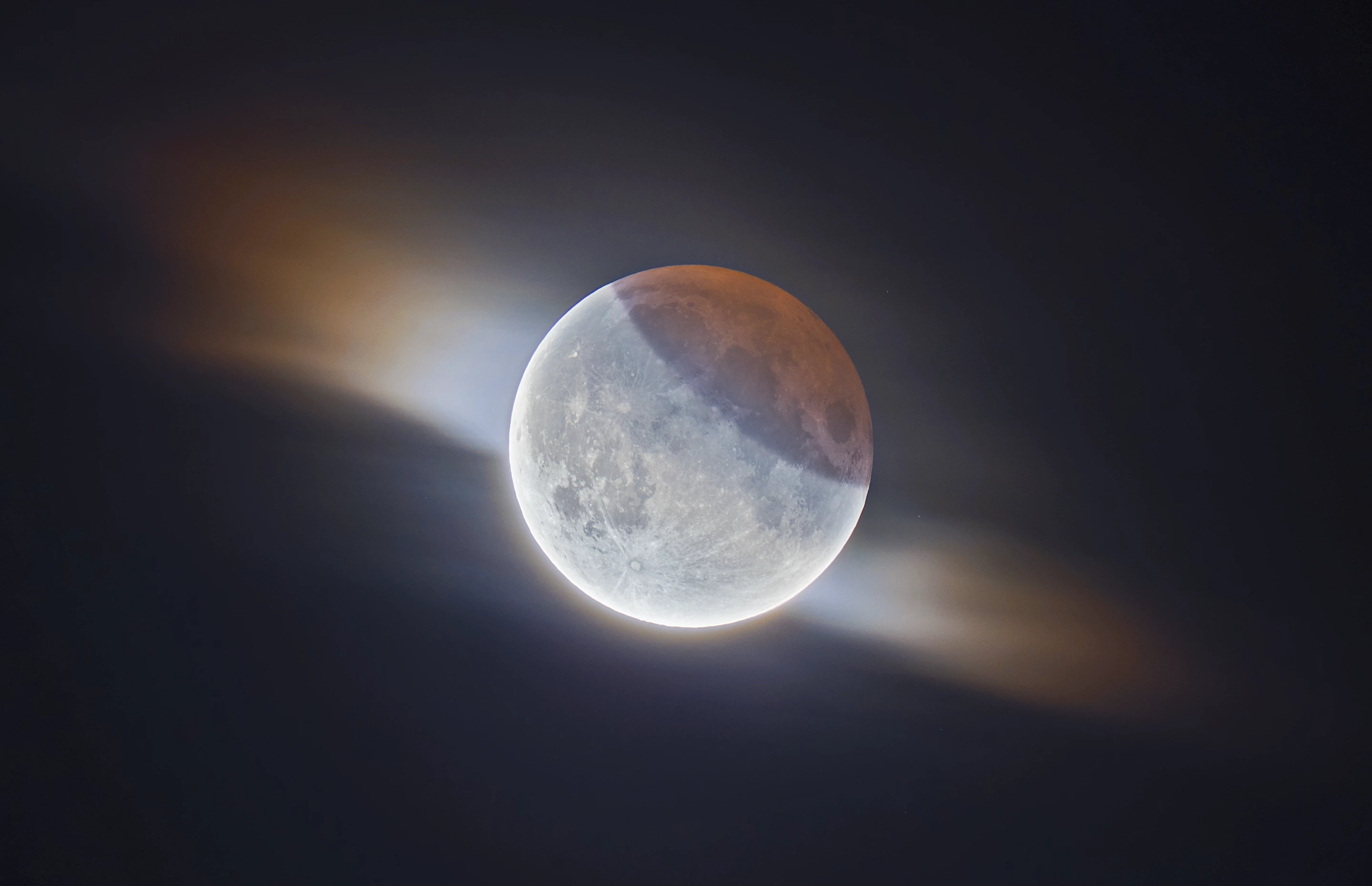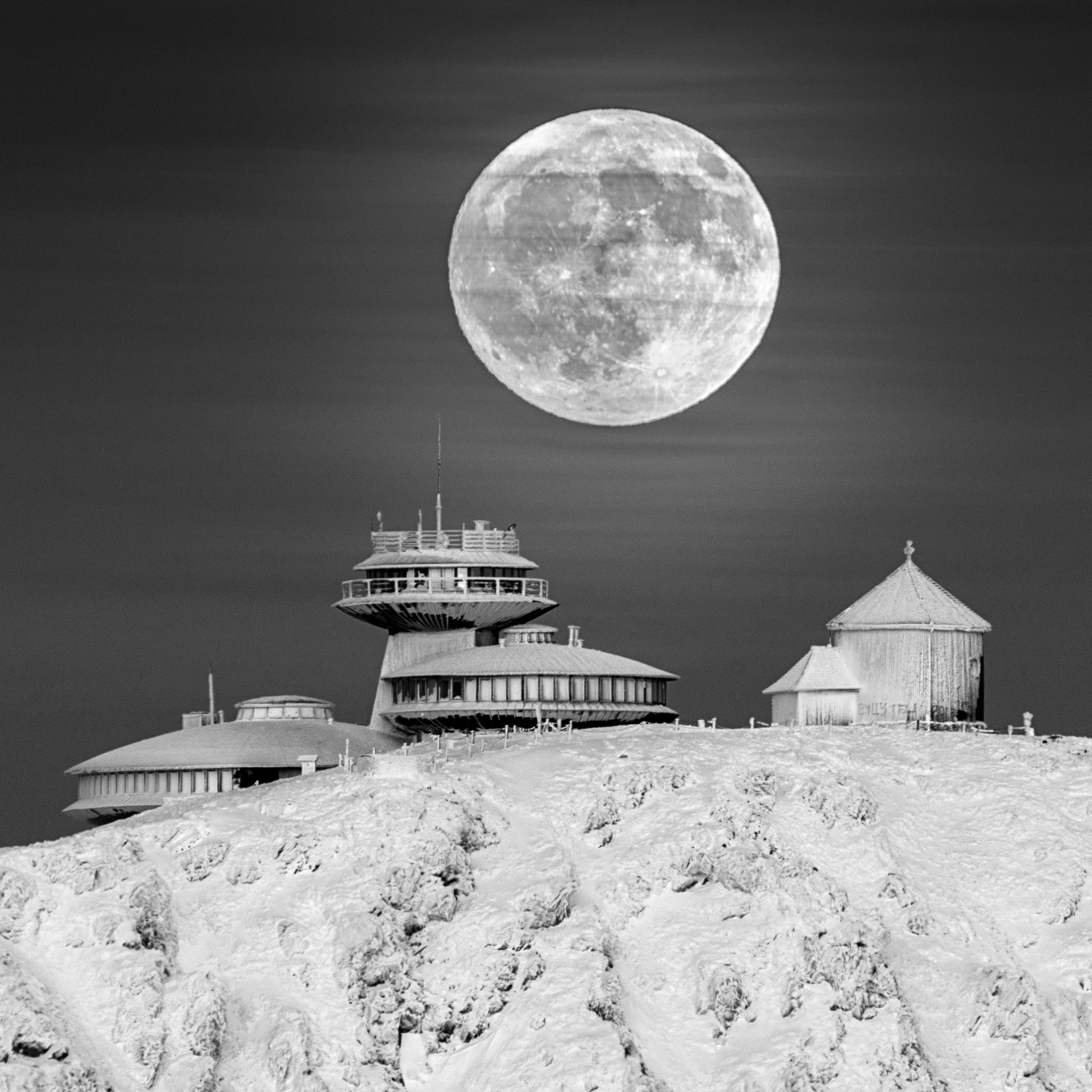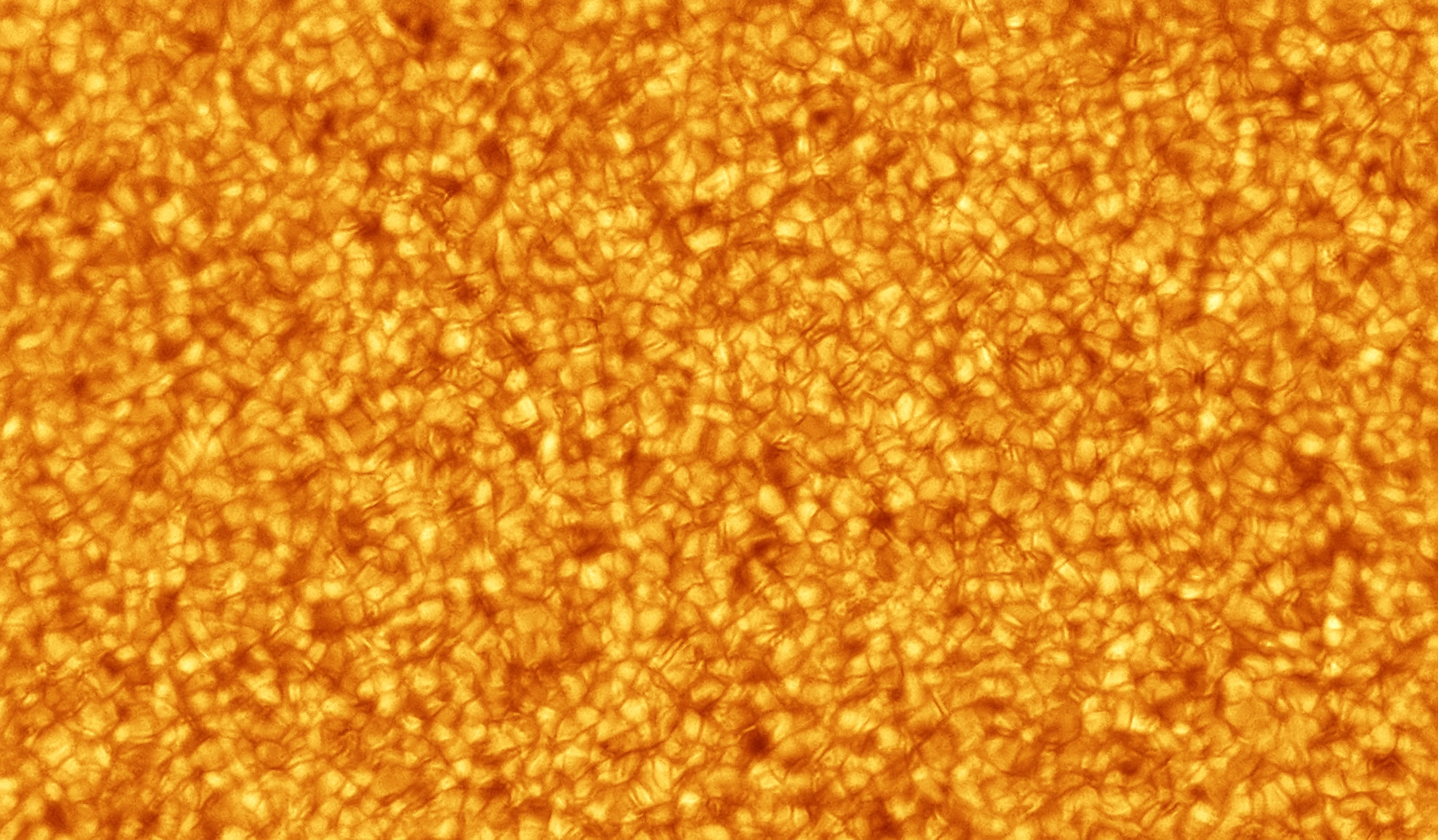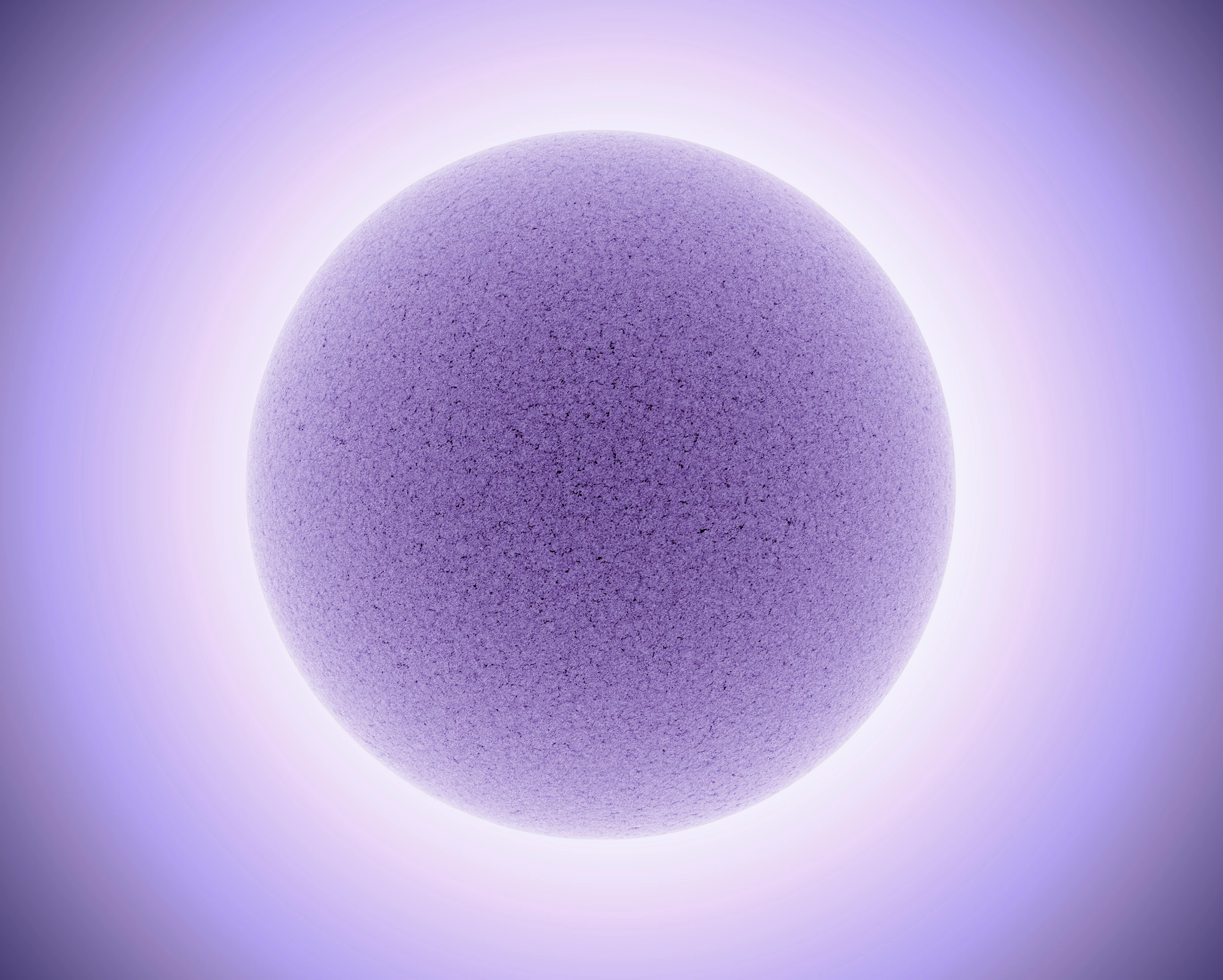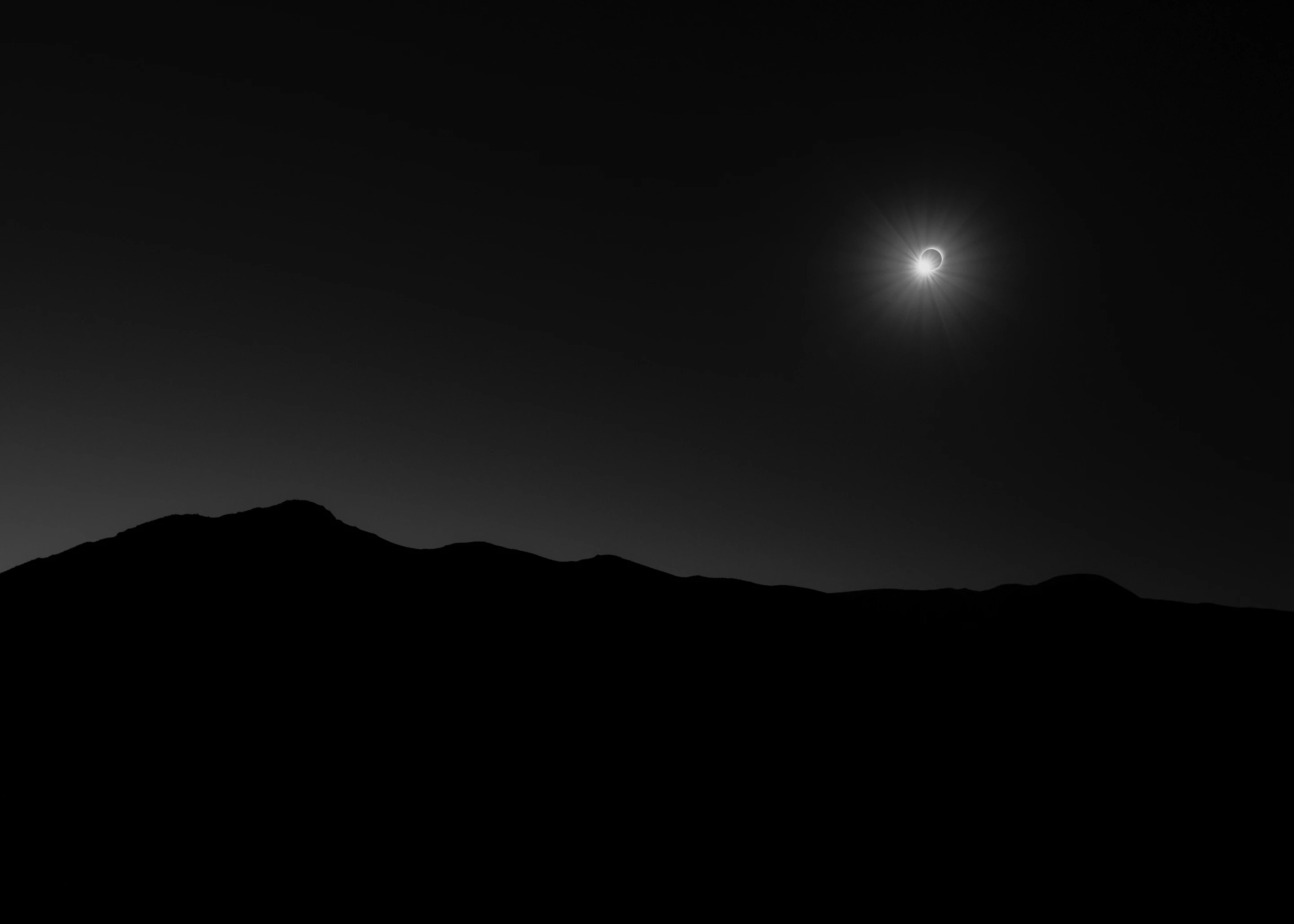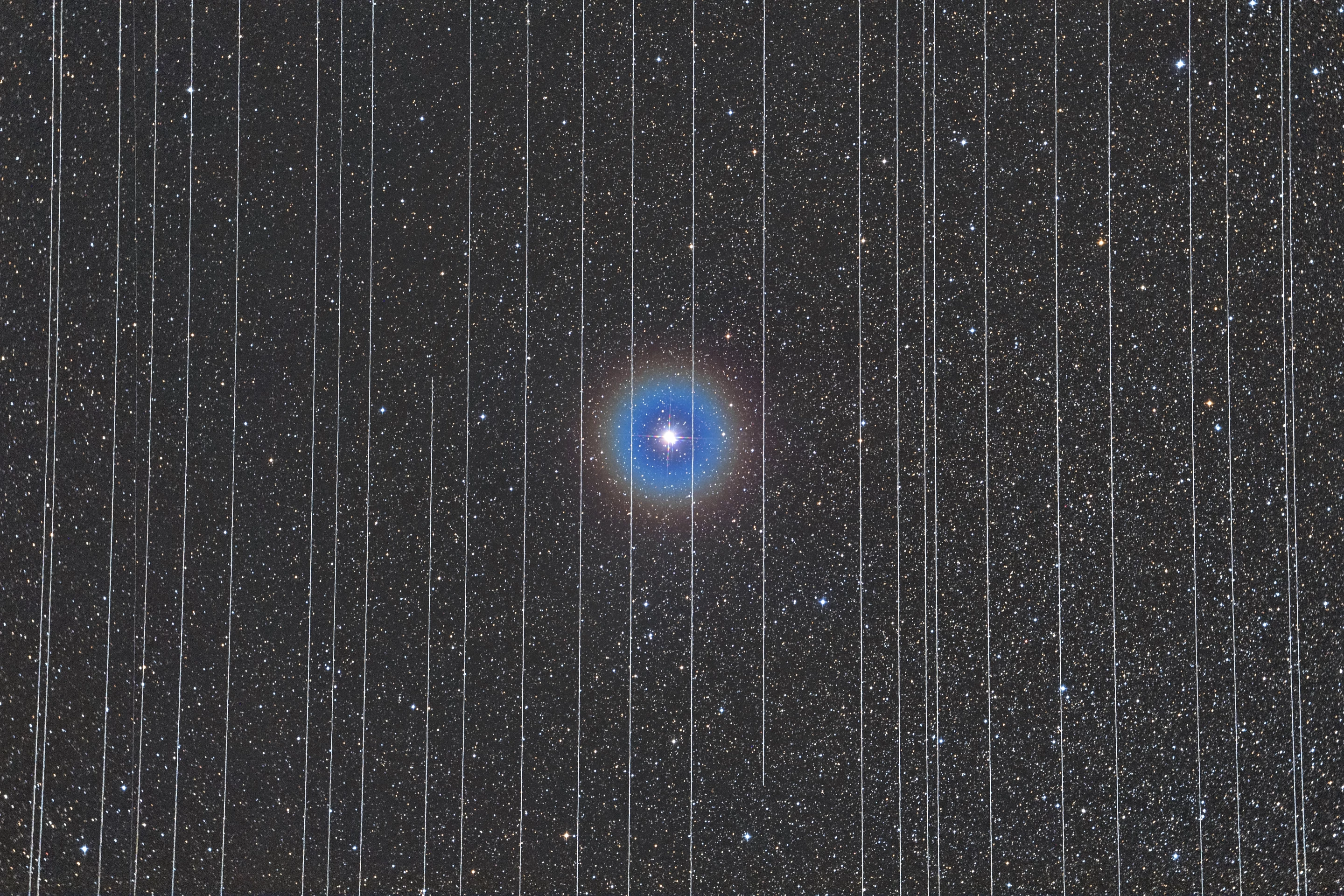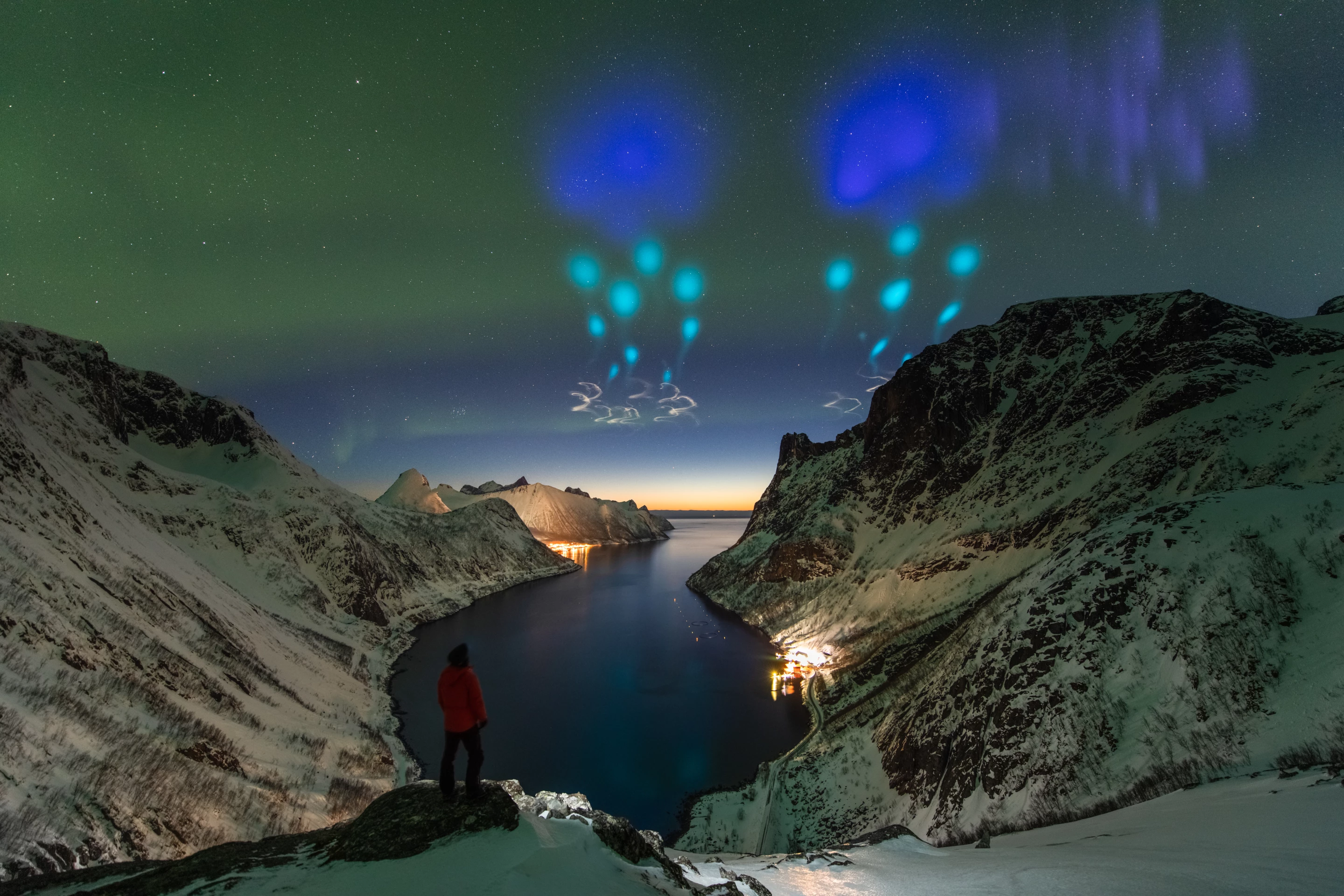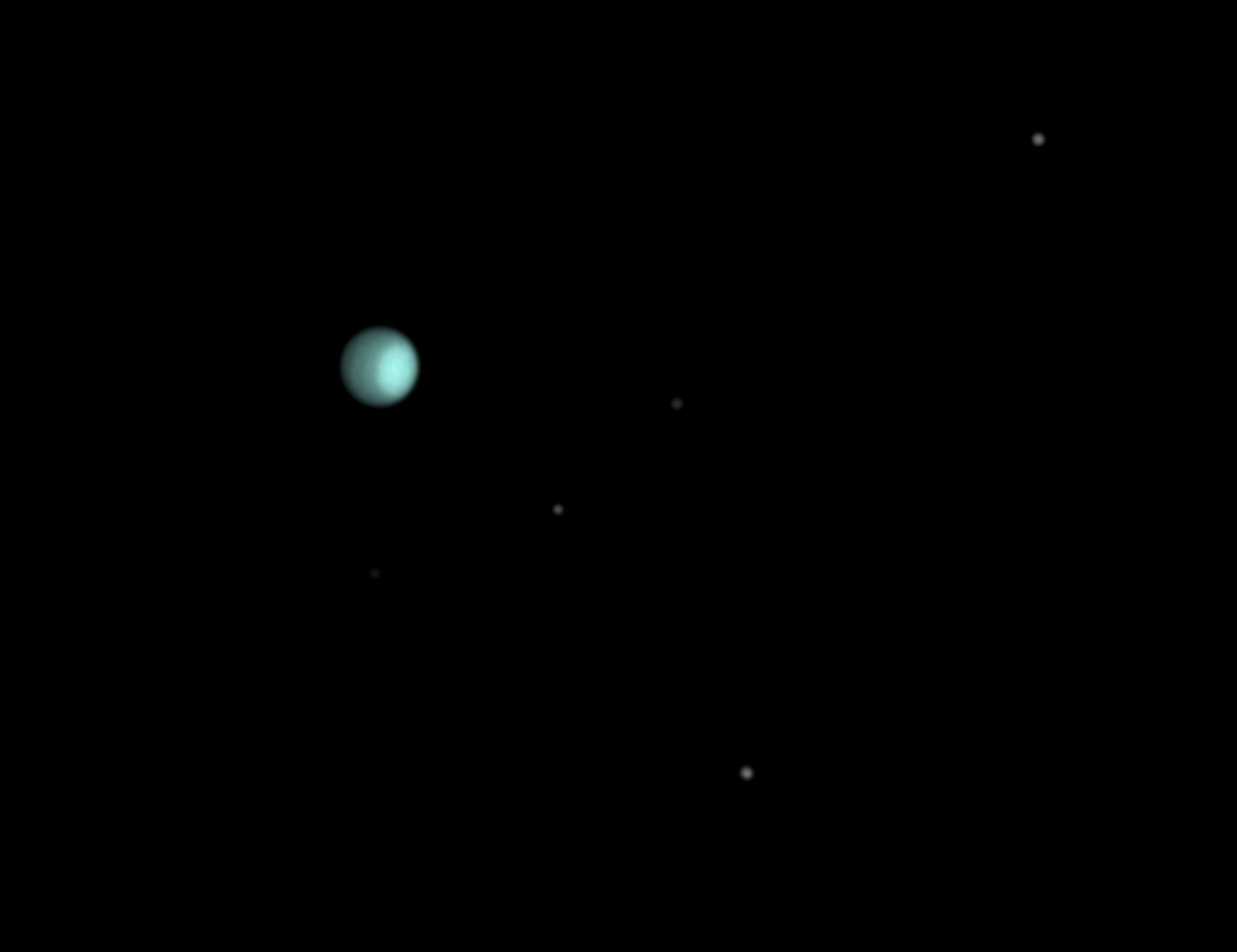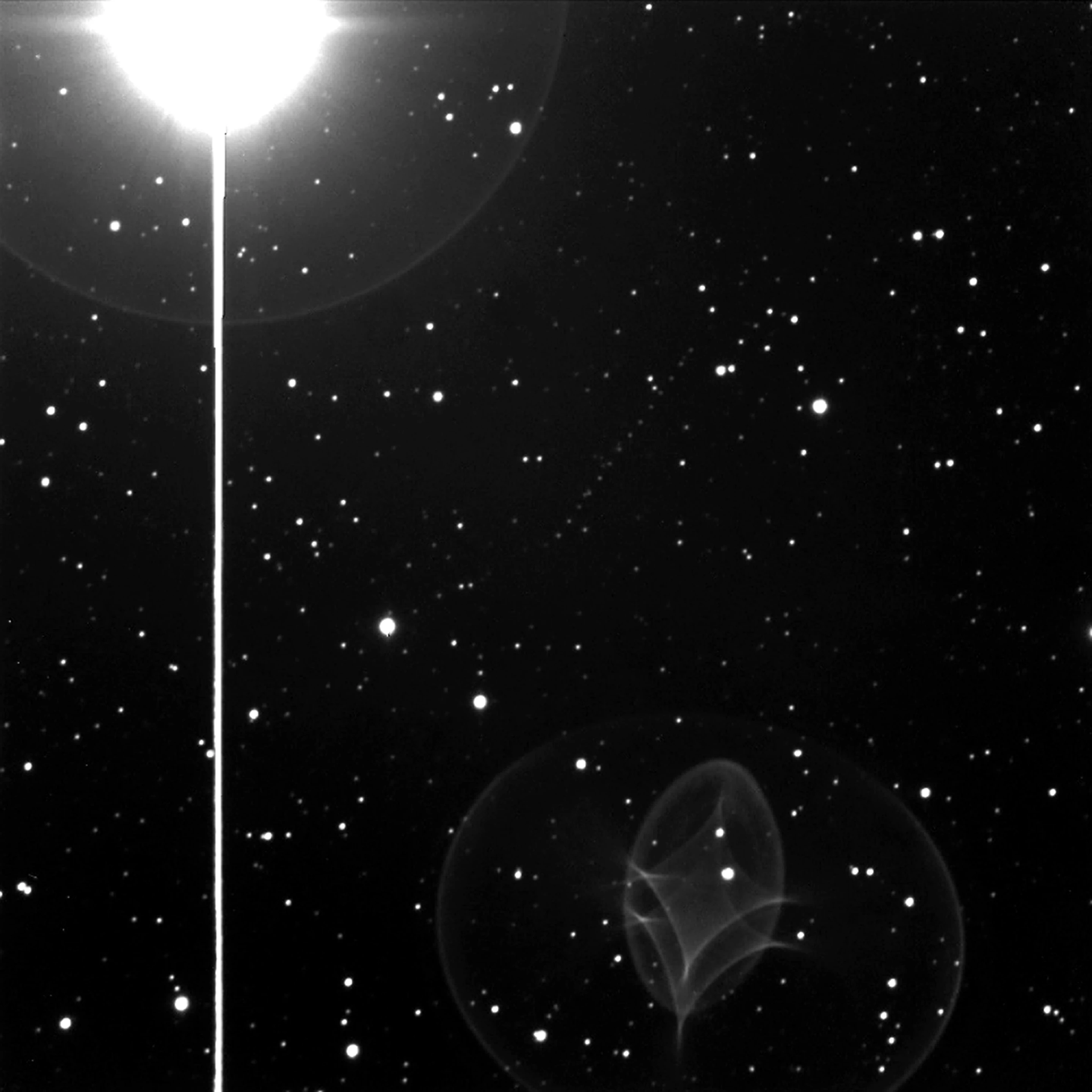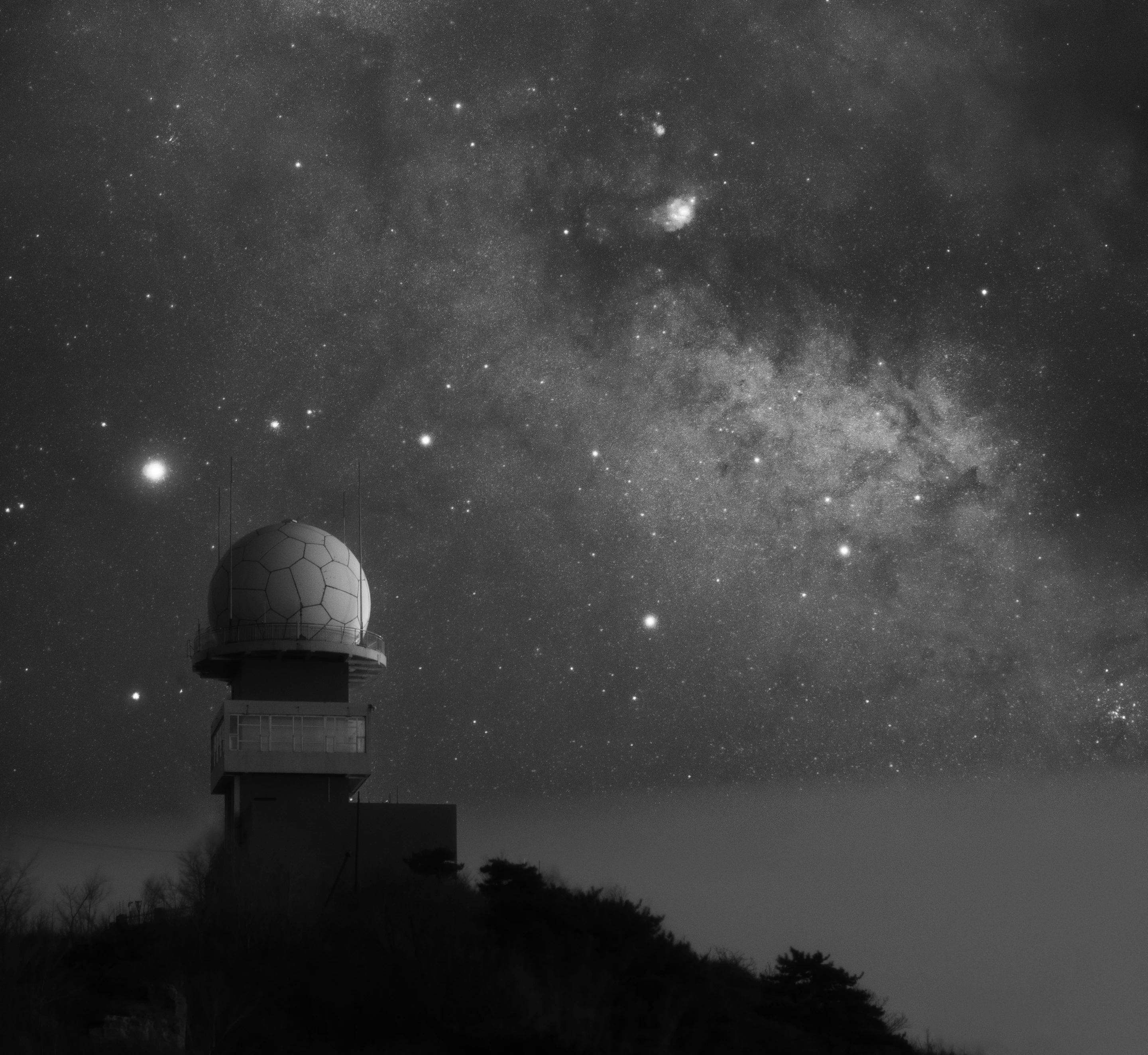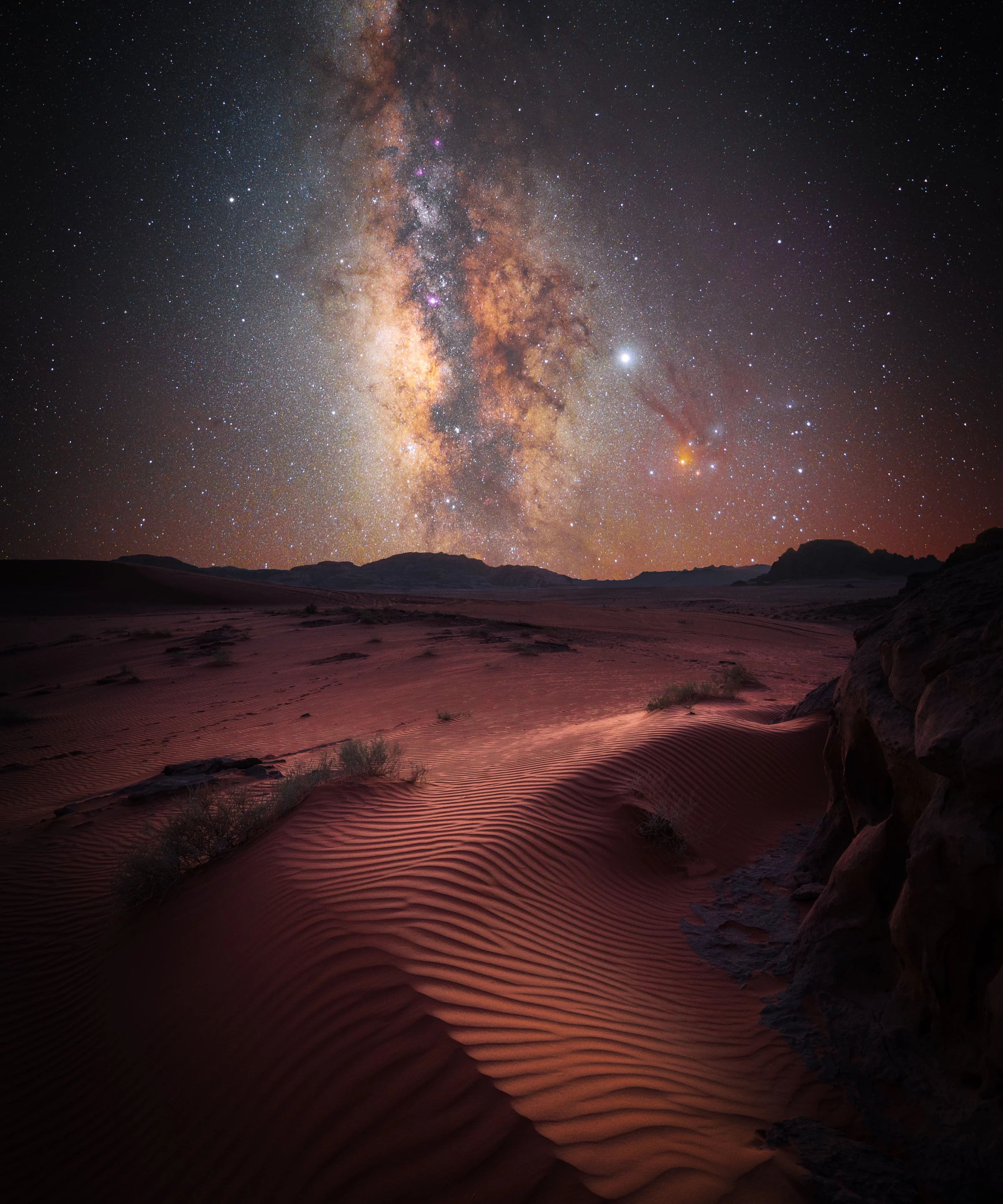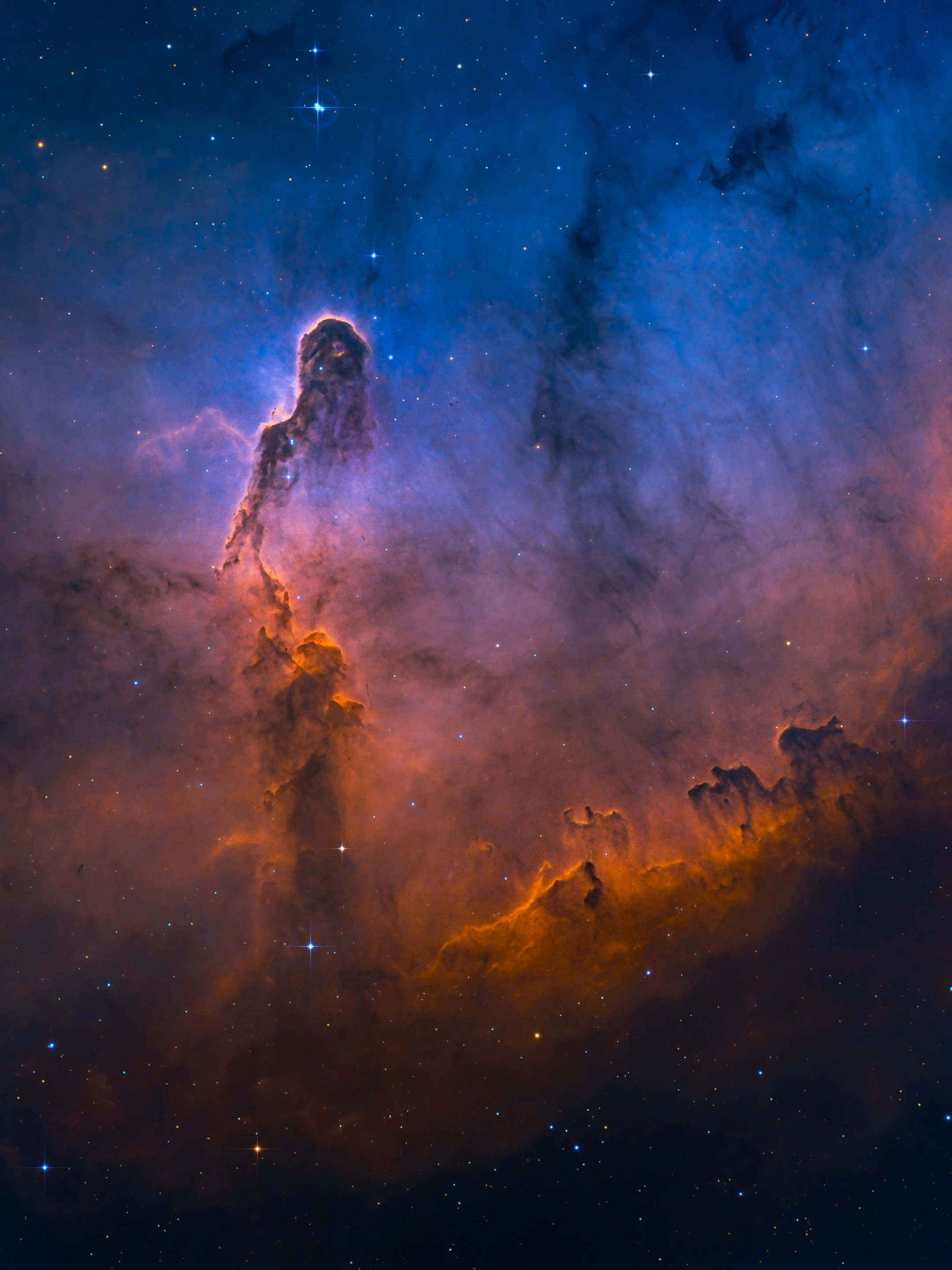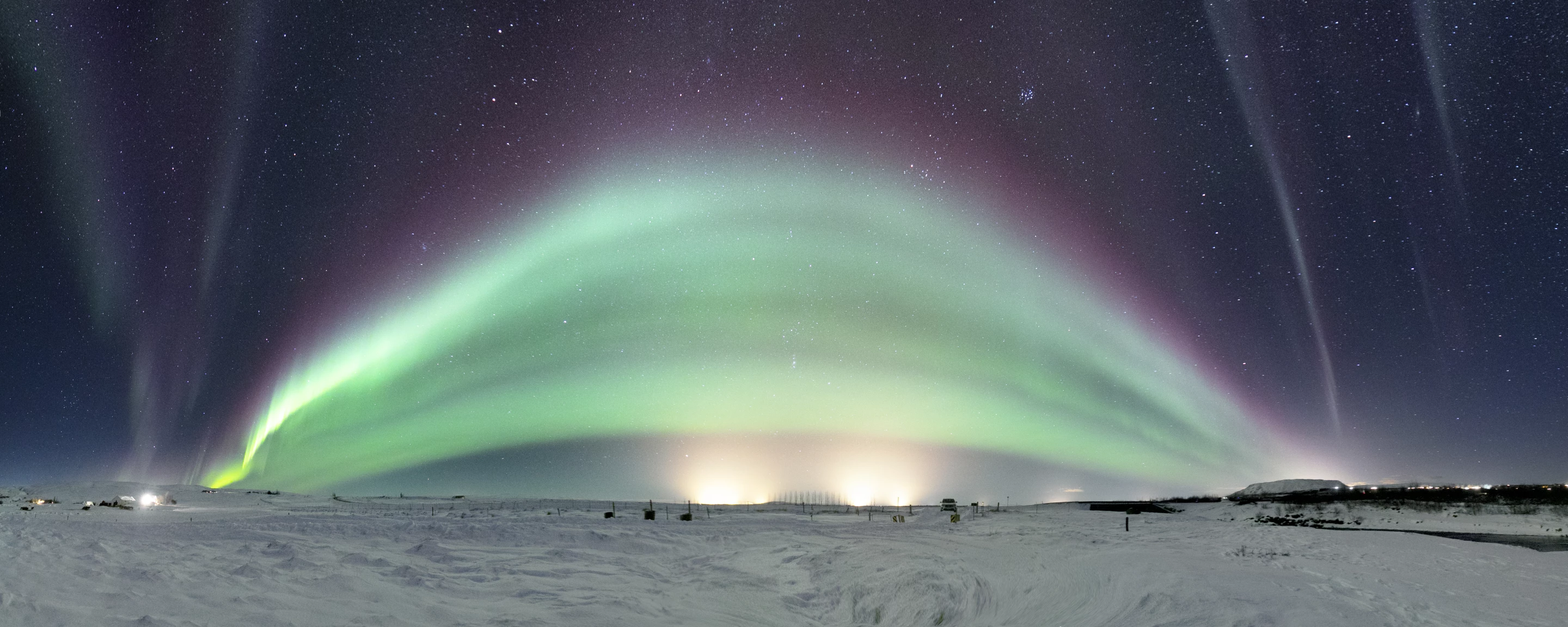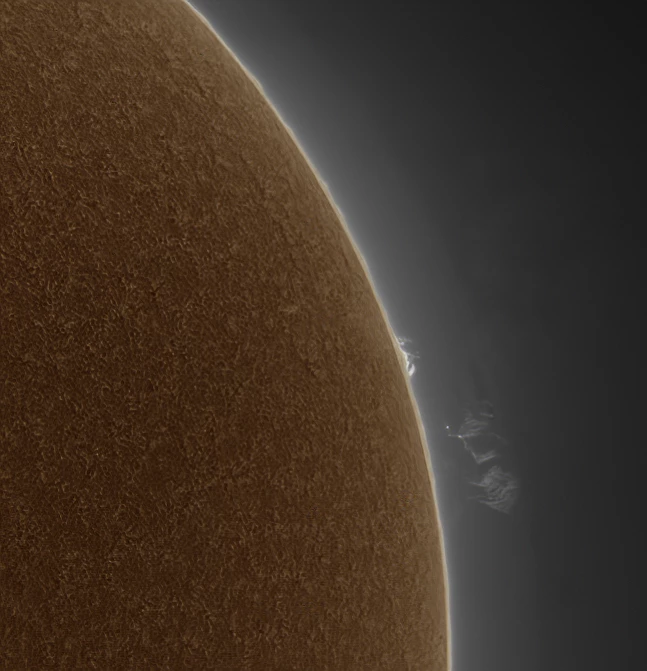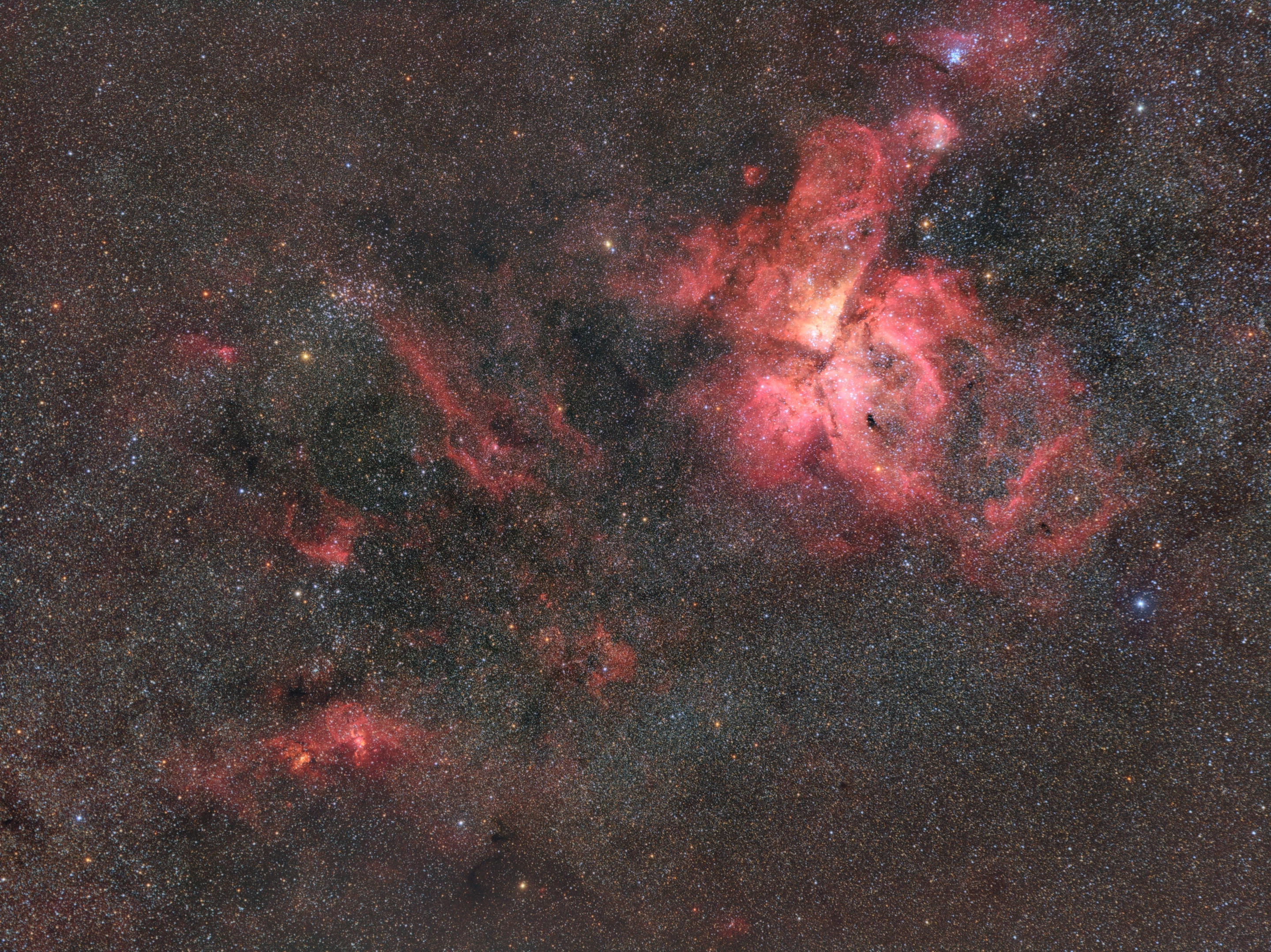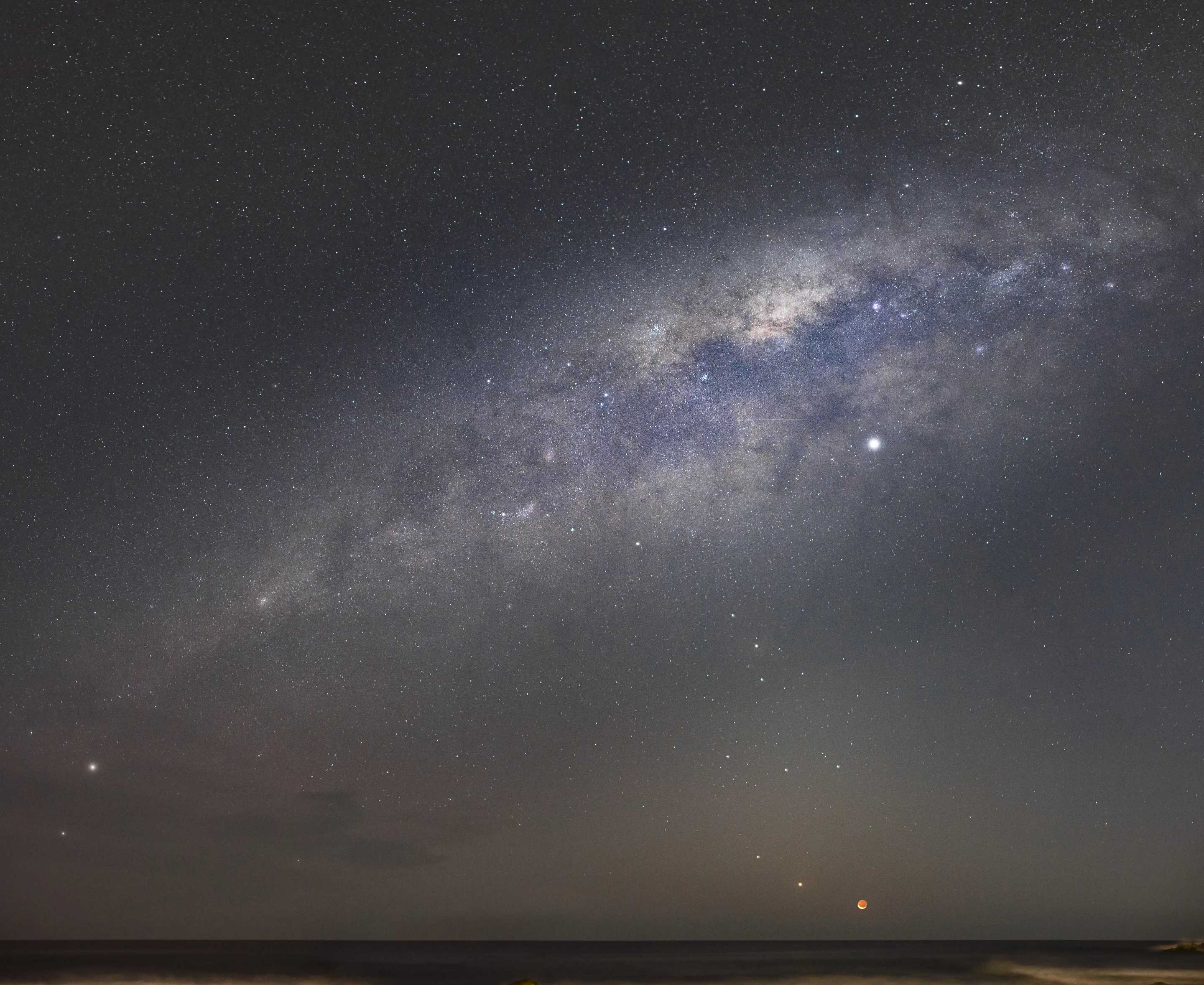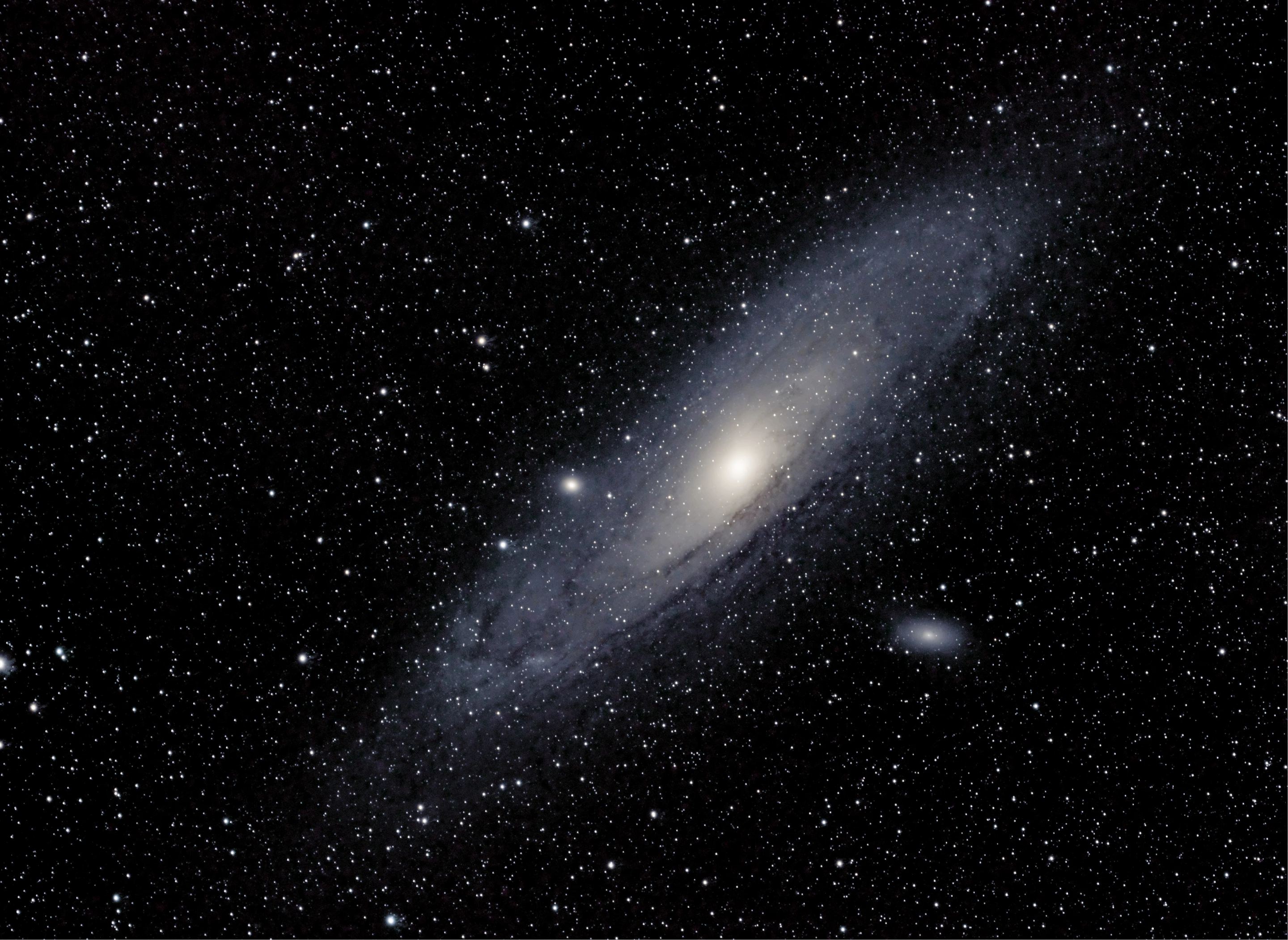In its 12th year, the world’s most spectacular astronomy photography contest continues to deliver stunning images. This selection of winning shots from the 2020 Insight Investment Astronomy Photographer of the Year span everything from a gorgeously impressionistic shot of colorful stratospheric clouds, to a surreal snap of a laser homing in on a distant globular cluster.
This year’s top prize went to Nicolas Lefaudeux for an unusual shot of the Andromeda Galaxy. Lefaudeux used a technique called tilt-shift photography to generate his unique portrait. He 3D-printed a novel object purposely designed to hold his camera at a specific angle to the telescope in order to capture this highly original perspective.
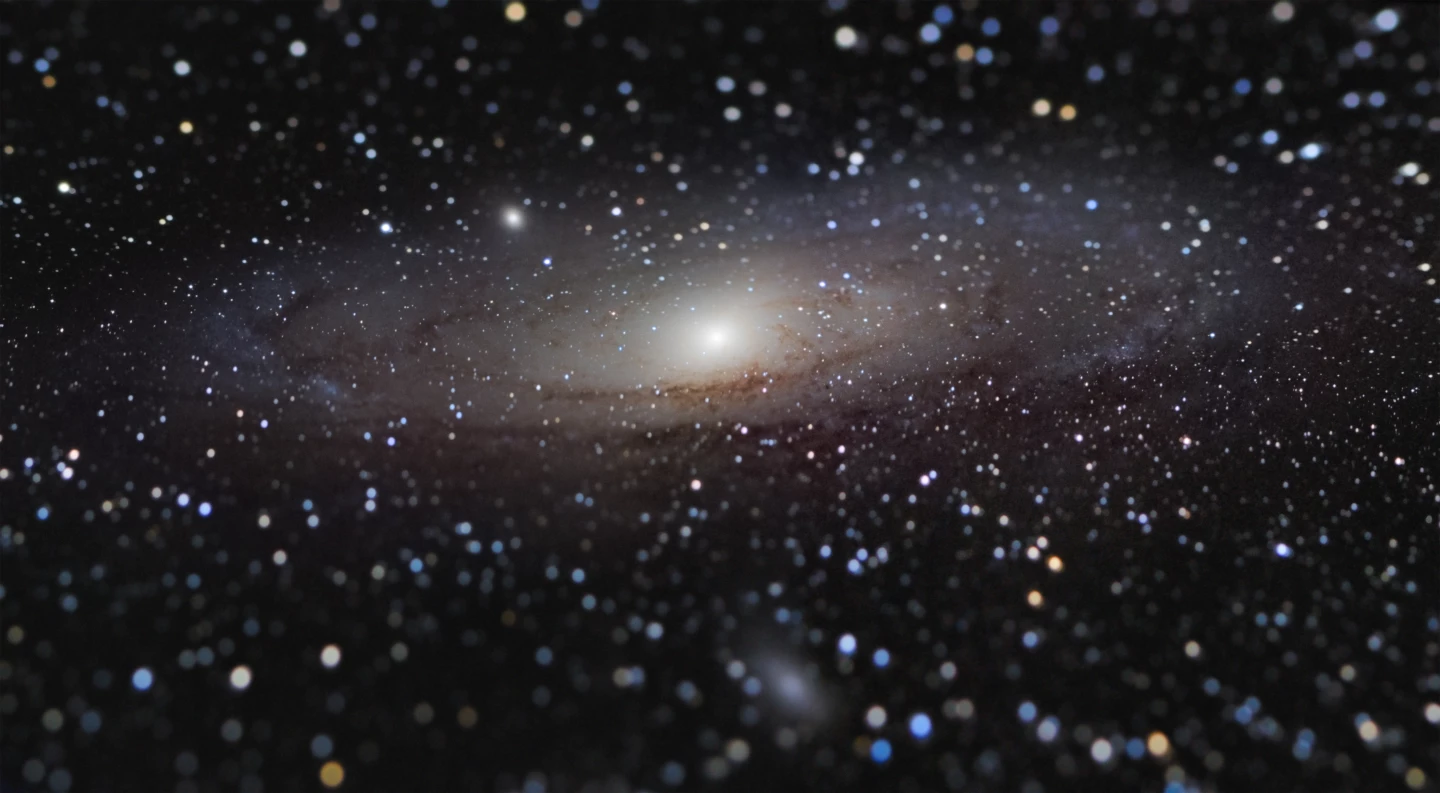
The broad contest spans eight main categories covering everything from Galaxies and Aurorae, to Stars and Nebulae. There are also additional awards given to the Best Newcomer and Best Young Astrophotographer.
Not only focusing on deep space photography, the contest celebrates earthbound perspectives as well. Thomas Kast’s evocative shot of nacreous clouds took the top spot in the Skyscapes category, impressing the judges with its painterly qualities.
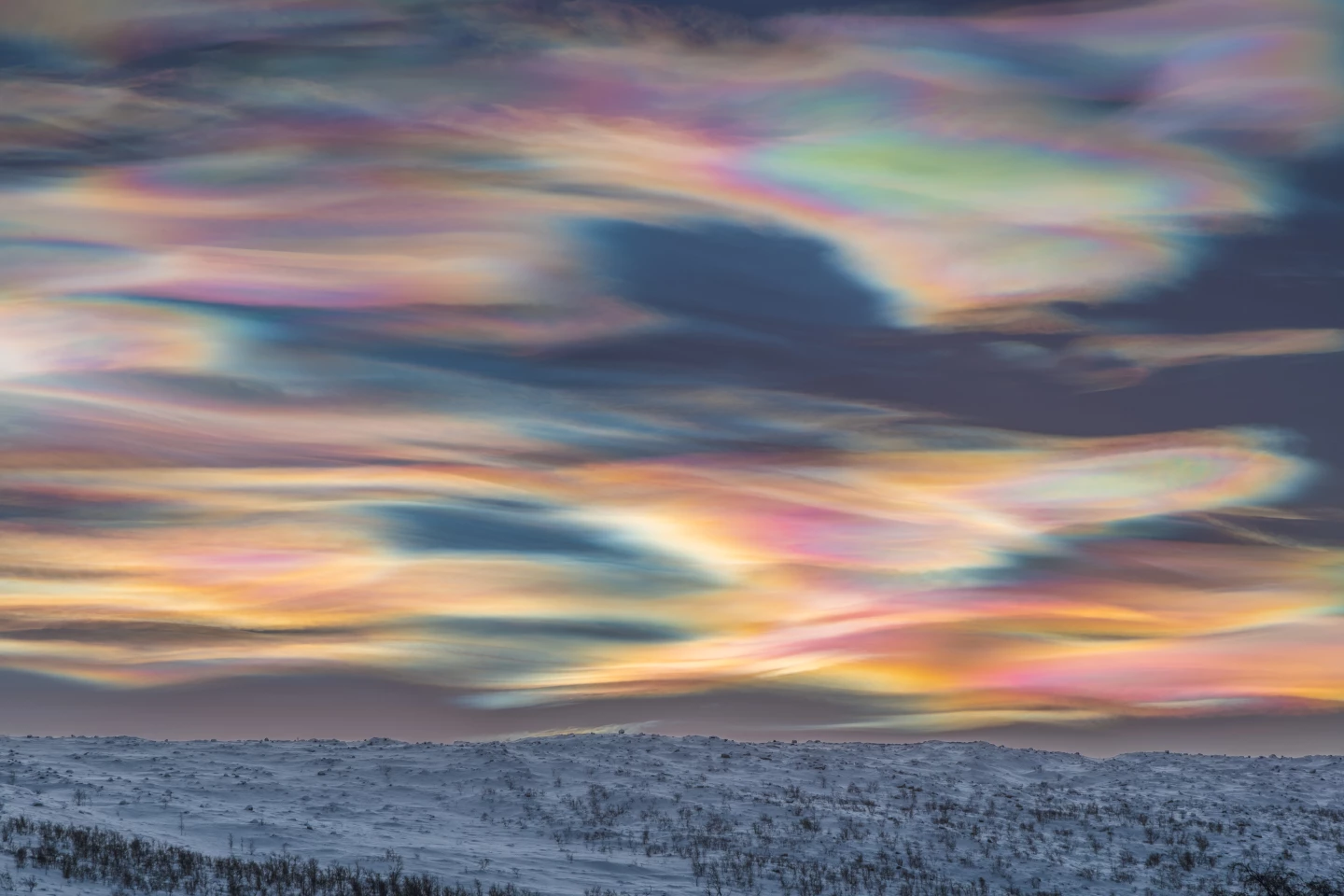
“Clouds are said to be the bane of astronomers, but they can also be the inspiration for a breathtaking astrophoto,” says Steve Marsh, one of the judges this year. “These rare, incredibly high nacreous clouds reflect color like oil does on water and this photographer has captured them perfectly.”
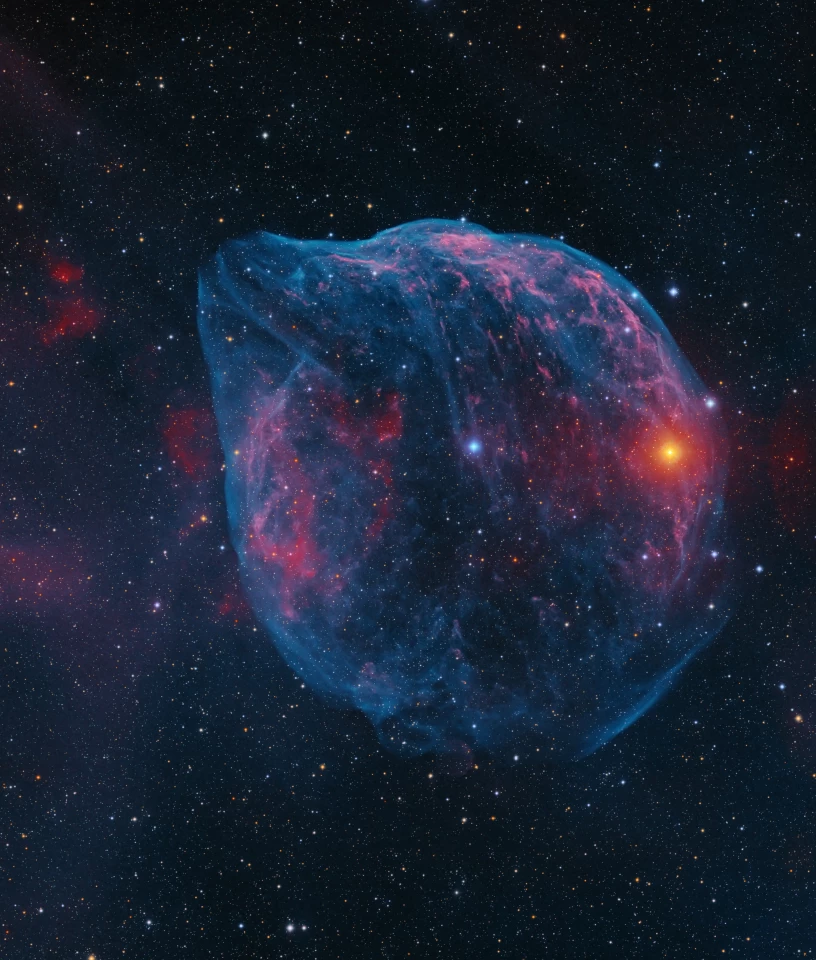
Winner of the Planets, Comets and Asteroids category presented another mind-bending composition. Lukasz Sujka’s impeccably timed shot of a close alignment between the Moon and Jupiter was described by one of the judges as “phenomenal”.
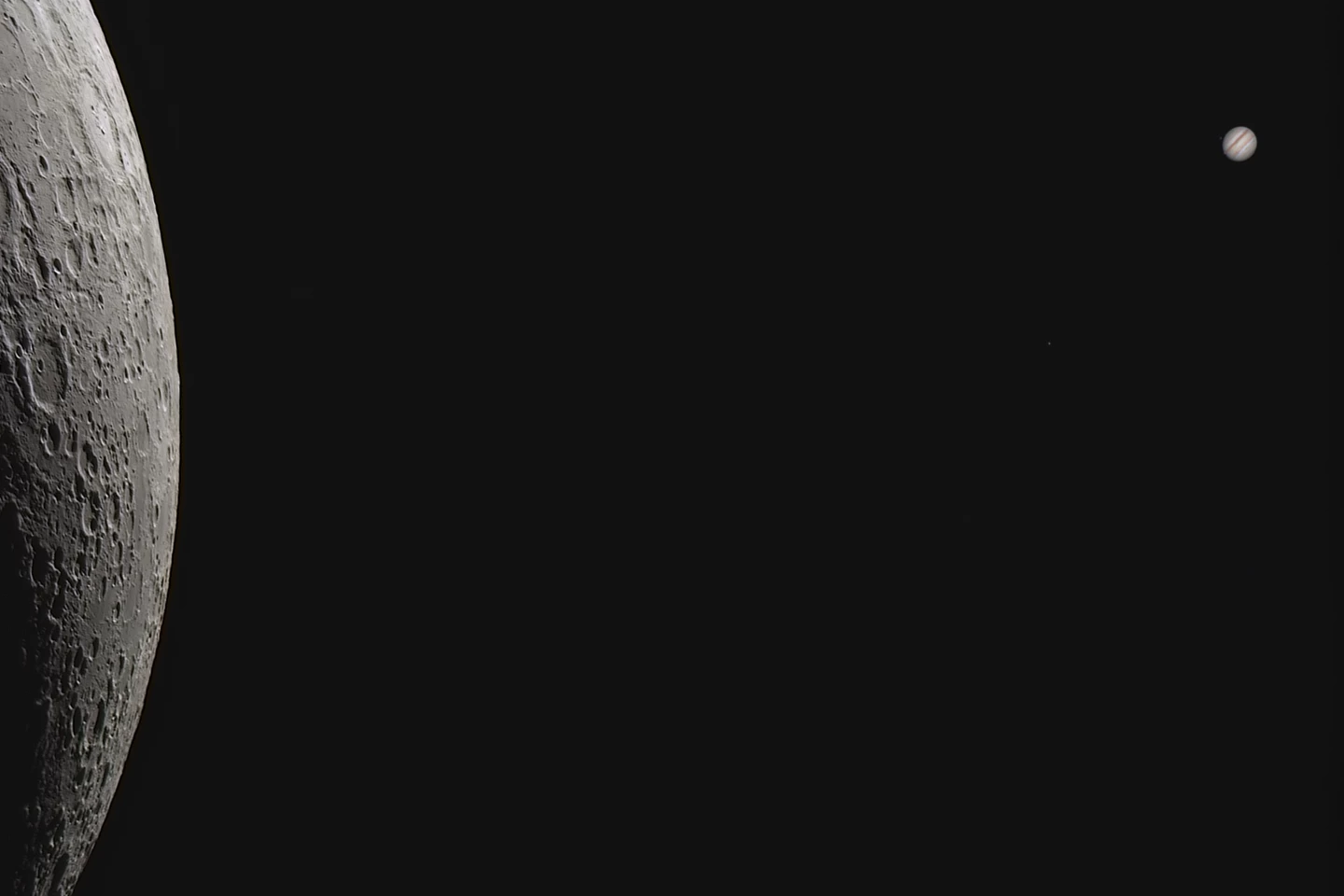
“This small project is a big challenge that involves a lot of luck and good seeing conditions,” explains Sujka. “To capture this phenomenon in such a big scale was quite demanding in data acquisition as Jupiter and the Moon traveled across the sky quite fast. It happened in altitude only 9 degrees above the horizon. I wanted to show the huge emptiness and the size of space, which is why there is a lot of ‘nothing’ between the two major parts of the image.”
Take a look through our gallery at all of this year’s stunning celebrated entries.
Tickets are on sale now for the annual exhibition of entries, opening October 23 at the National Martime Museum in London, England.
